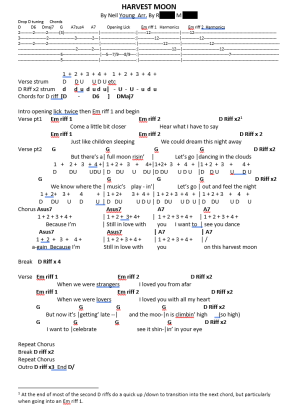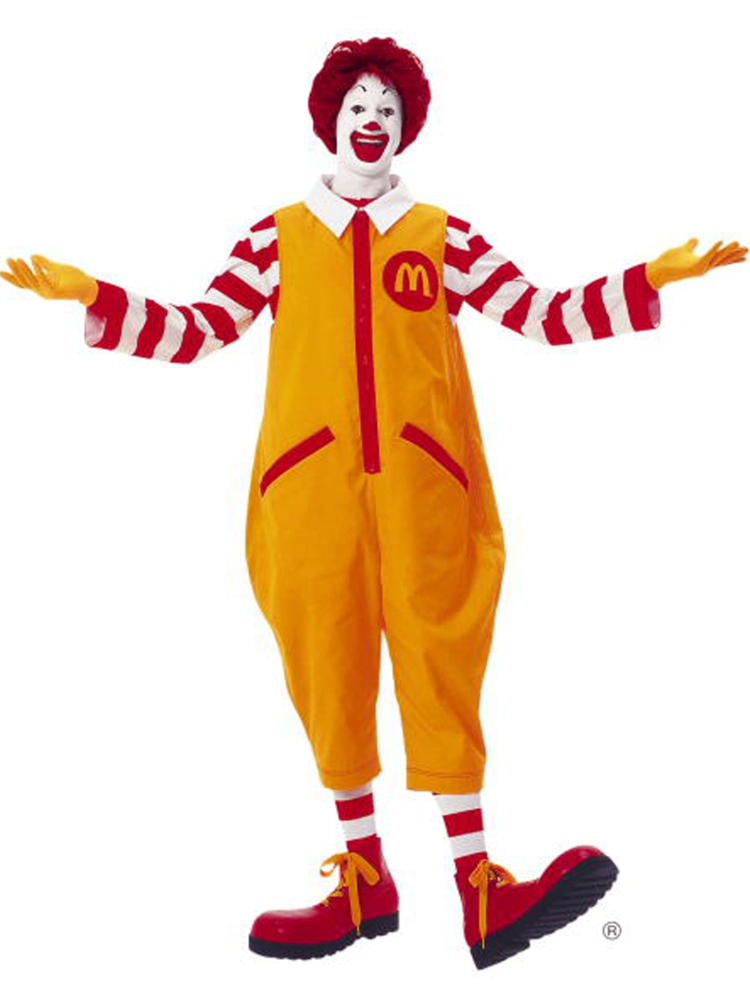ethelbertmagnus
Newbie
- Messages
- 1
Hi everyone. I just joined the forum. I am an intermediate to advanced guitar player. I play mostly acoustic guitar (rock, folk, jazz, classical). I play for fun and my wife sings.
I've recently been dabbling into some styles that I haven't played before, such as, the song "Vincent Black Lightening" by Richard Thompson. I also purchased a book with tabs of Django Reinhardt songs and one with Johnny Winter tabs.
The issue I'm having is that I'm not as fast as I would like to be reading tabs. Does anyone know of a good book that has many different tabbed solos that I can practice to get faster. Most of the resources I've come across for learning to read tabs are too beginner oriented for my level. I already know how to read tabs, and can read sheet music as well. I play many songs with more involved solos (some of the Simon Garfunkle stuff, Donovan's "Sand and Foam", etc.).
Just hoping someone on here may have some valuable suggestions for me!
Cheers everyone!
I've recently been dabbling into some styles that I haven't played before, such as, the song "Vincent Black Lightening" by Richard Thompson. I also purchased a book with tabs of Django Reinhardt songs and one with Johnny Winter tabs.
The issue I'm having is that I'm not as fast as I would like to be reading tabs. Does anyone know of a good book that has many different tabbed solos that I can practice to get faster. Most of the resources I've come across for learning to read tabs are too beginner oriented for my level. I already know how to read tabs, and can read sheet music as well. I play many songs with more involved solos (some of the Simon Garfunkle stuff, Donovan's "Sand and Foam", etc.).
Just hoping someone on here may have some valuable suggestions for me!
Cheers everyone!




